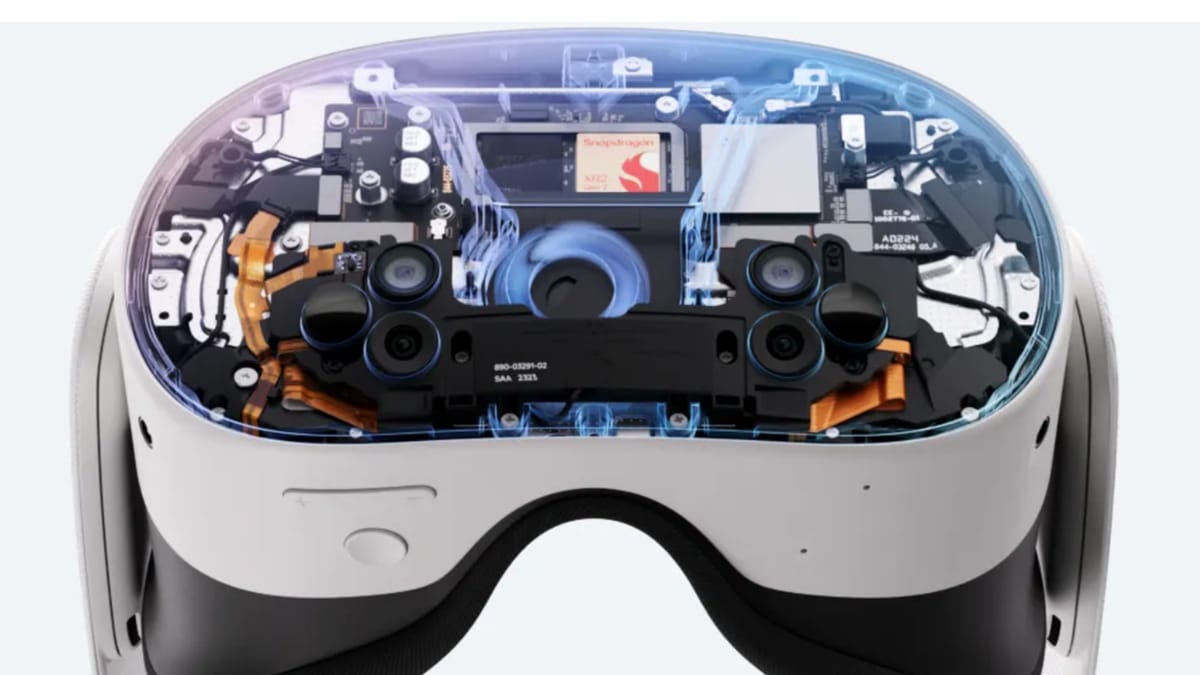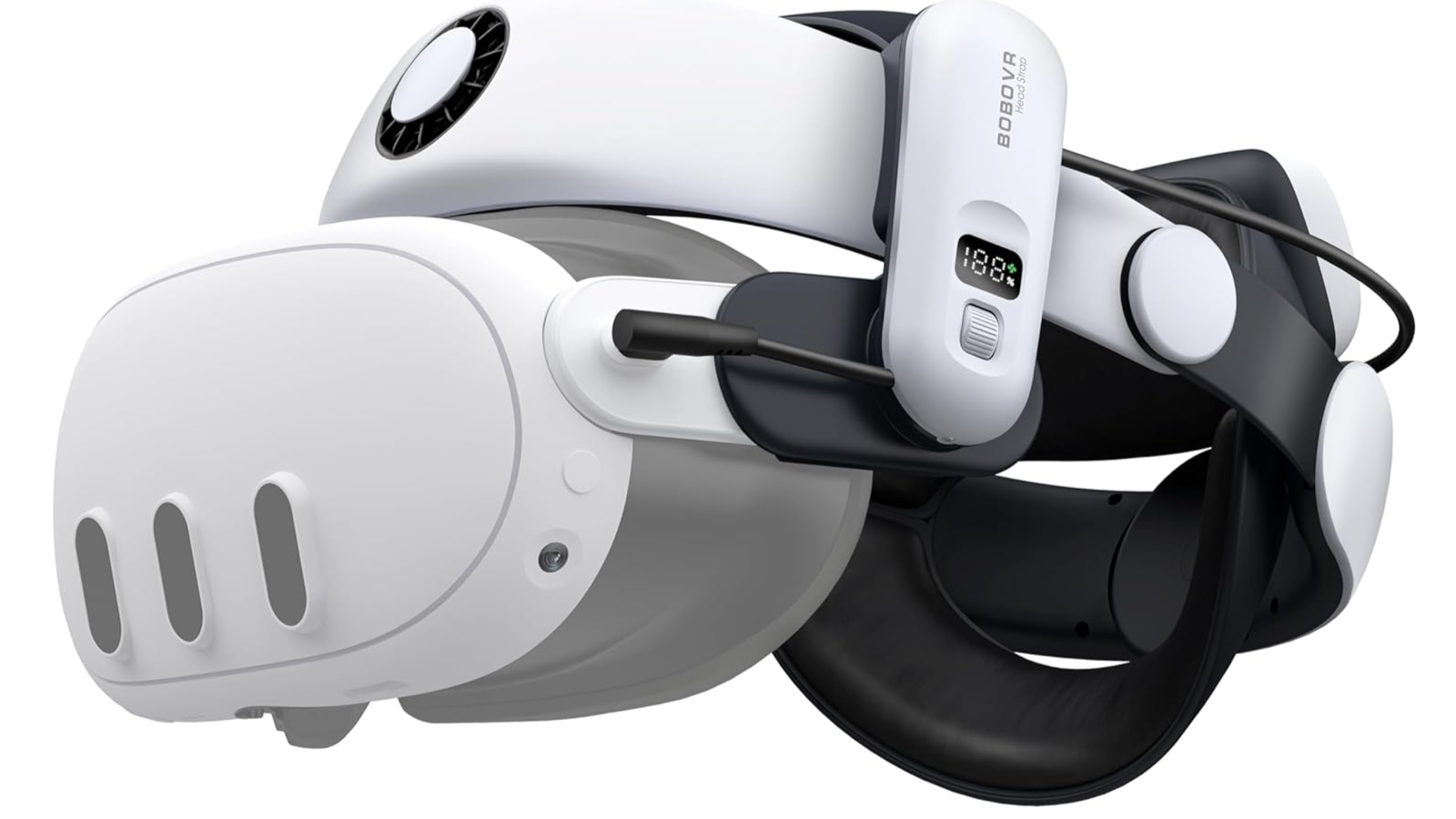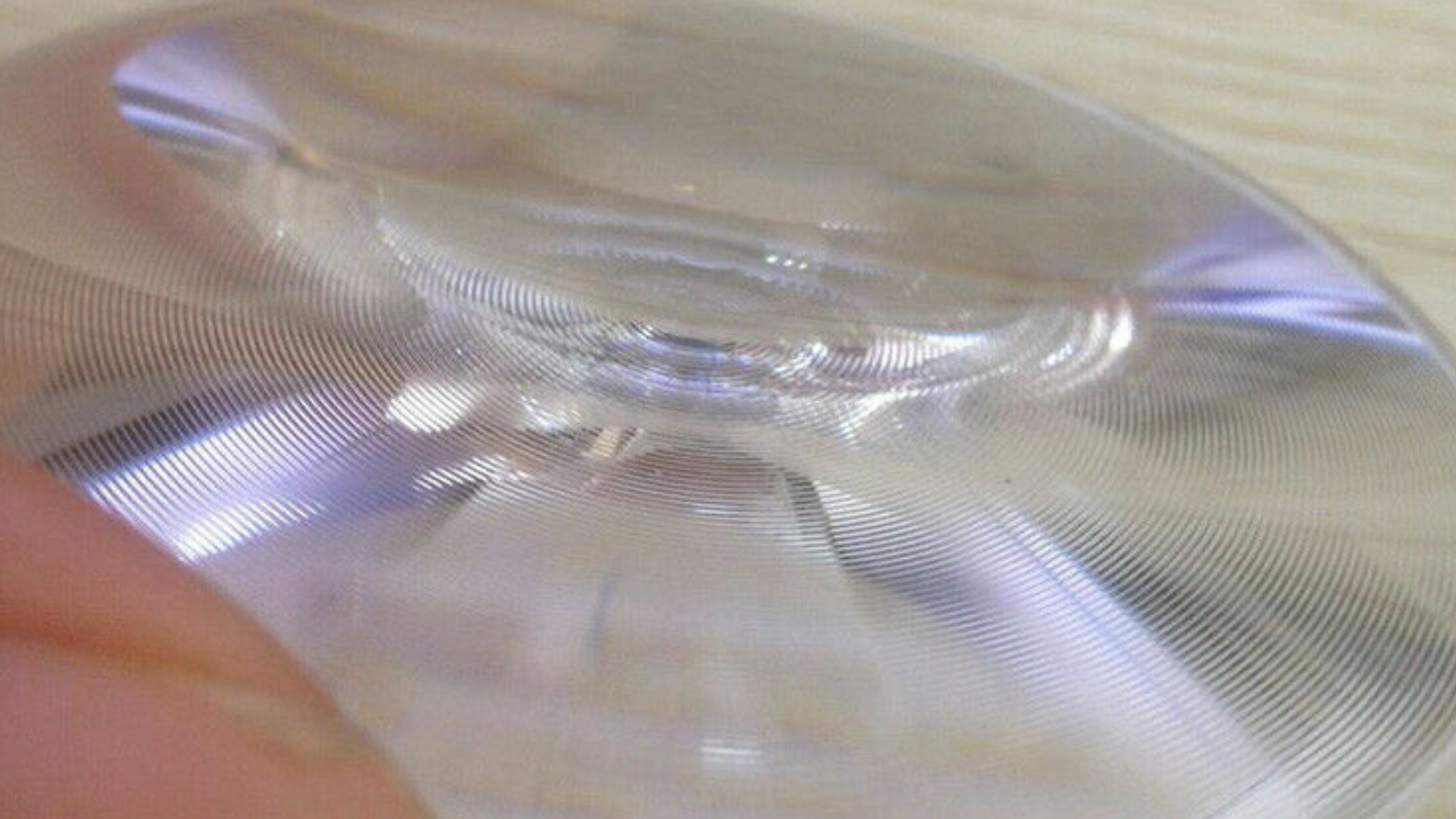
When John Carmack left id Studios to work at Meta (then Facebook), he clearly stated that he had a target in mind – he wanted to make a wireless headset that was affordable and powerful. It has been a long road, and Carmack has since left the company, but he might have done so just before the finish line. I think we just arrived at both of his targets, and just in time for the next step in VR. Let’s unbox the Meta Quest 3S and talk about why it might be the best compromise Meta could have made.
There are some fundamental differences between the Meta Quest 3 and the Meta Quest 3S, but there’s a far longer list of things they have in common. Much of what does differentiate them, as you’ll see here, are things you’d need to likely own both to even see, or may not make a difference for what you intend to play. Let’s start with the physicals and work our way inside.
Sitting next to one another, and if you didn’t know the difference between the two, you’d be hard pressed to tell the Quest 3 and Quest 3S visually. The Quest3 has a trio of vertical slits in the front that house tracking cameras capable of providing passthru and hand tracking, and the 3S shifts that to two clusters of three small lenses to the left and right of the faceplate for the same functionality. Both offer color passthru, and the quality on both headsets is more than sufficient to play all the fun augmented reality games that have hit recently. There is arguably a bit more color saturation on the Quest 3S, but it’s really not something I noticed until I switched back and forth between the two several times. The real difference seems to lie in the lenses, but we’ll get back to that a bit later.
In that trio of sensors there is one difference – one sensor didn’t make the move from the Quest 3 to the Quest 3S, and that’s a depth sensor. Now, that’s not to say that the new HMD can’t perceive depth, scan your room, or understand what’s where in your environment. Instead, it just goes above the calculation in a different manner. Instead of a hardware sensor, the Quest 3S uses two infrared lights. If you catch your reflection in a surface, you might even see them flickering to measure distances to objects in space. It’s a far more cost effective way of doing the same thing, and I can’t find a single instance where it wasn’t just as accurate as the Quest 3’s hardware counterpart.

Heading into the lens side, there’s another sensor that was shed – one for proximity. When you put on the Quest 3, the headset is aware, turns on, and is ready to go. When you take it off, it notices that as well, turning itself off. The Quest 3S does this with a button press, and frankly I actually prefer it. There are far more times when I was irritated by the proximity sensor turning off whatever I was doing as I took off my head briefly to make an adjustment to Flight Simulator controls, see what my dogs were barking at, or any other number of scenarios. This omission is a win in my book, and I doubt I’m alone.
The last physical difference between the two devices lies on the side of the headset, and this one is actually problematic. To further cut costs, team Meta has removed the 3.5mm audio jack. I hate everything about this as it removes my ability to use my high-end audio jack equipped headphones, instead switching to Bluetooth solutions. Headphones are a deeply personal choice for many users, and messing with that choice is going to rub some folks the wrong way. Your mileage may vary, but in my household, I’m all about Bluetooth earbuds, but my wife (a singer) uses full-can headphones for her VR time. She’ll be sticking with the Quest 3 for that alone. This review is about the Quest 3S, but that’s not gonna stop me from showing you WHY VR is still the best way to play some games:
Interpupillary distance (or IPD) is the difference between your two pupils, and getting it right can make a world of difference a comfortable experience and headache central. Adjusting this on the Quest 3 is accomplished with a simple rotary dial underneath, but adjusting it on the Quest 3S is done manually. That is to say you’ll have to pull them or push them in physically. If you share the headset with another person, you might appreciate being able to change them more easily, but if you are a solo user, then it’s a set it and forget it situation.
There is one thing that both headsets share, and wow is it not something to be proud of – the head strap. Do yourself a favor, head over to BoboVR and pick up a replacement headstrap with battery. Yes, it’ll give you more game time, but the comfort differences are very much worth the price of admission.

The last major difference between the Quest 3 and the Quest 3S is the lens choice. The Quest 3 has a crystal-clear pancake lens that are flat from edge to edge, whereas the Fresnel lenses on the Quest 2 and Quest 3S use a lens type with a set of concentric circles in them. Fresnel lenses are in use with almost every VR headset on the market, save the highest end ones, and they look fantastic, minus some slight curvature at the edges. That said, it’s easily the largest difference when you compare them directly, appearing slightly more grainy or with less deep black values. It’s the difference between a good LCD and an OLED TV – there’s nothing wrong with LCD, but OLED is just better. It also happens to be the major source of the price difference between the devices as the Meta Quest 3 has an MSRP of between $379 and $499, depending on where you land for storage from 128GB to 512GB. The Quest 3S on the other hand is either $299 for 128GB or $399 for 256GB. There is no external addition method for storage, but VR games don’t tend to be that big, with Medal of Honor’s install topping the chart at 40GB and Batman: Arkham Shadow weighing in at 19GB, but most games being far closer to the 3GB to 5GB mark.

Under the hood, both the Quest 3 and Quest 3S have the same compute power, thanks to a Qualcomm Snapdragon XR2 Gen 2 processor and Adreno 740 @ 599 MHz GPU. The lenses once again become the differentiator as the Quest 3’s resolution is 2,064 by 2,208, resulting in 1,218 pixels per inch, whereas the Quest 3S is 1,832 by 1,920 per eye for 773 pixels per inch. Additionally, the Quest 3S narrows the field of view just slightly, dipping from 110 x 96 degrees (horizontal and vertical) to 96 x 90 degrees for the Quest 3S. Both of them support refresh rates of 72Hz, 90Hz, and 120Hz, though there are many ways developers can achieve those numbers including reprojection and technologies like DLSS and FSA.
There is one huge difference between the Quest 3 at launch and both the Quest 3 and 3S today, and that’s support. Thanks to a native Steam link app that has launched recently, it’s easier than ever to jump into the wide world of Steam games, meaning this headset is no longer locked behind the Meta wall.
I did mention external batteries, and I do recommend them both from a play time perspective, but also for adding comfort through counterbalance. The battery in the Quest 3S is actually smaller than the Quest 3, but is also more efficient. The Quest 3 shipped with a 5,060mAh battery, whereas the Quest 3S has a 4,324mAh. The yield, on the other hand is either 2.2 hours for the Quest 3 or 2.5 hours for the Quest 3S, with both charging in about 2.5 hours from empty to full.
Much of what makes the Meta Quest 3 better than the Meta Quest 3S is image quality, but both will do the job for games like Elite Dangerous, Flight Simulator 2024, Batman: Arkham Shadow (our review), and Asguard’s Wrath II – all incredible experiences in their own right. While the upgrade from the Quest 2 to the Quest 3S may be slight as they use the same lenses, there’s no doubt that the Quest 2 to the 3 is a big jump. VR continues to offer experiences that you simply cannot find anywhere else, and thanks to both the Quest 3 and the Quest 3S, we’ve finally hit the mark set by John Carmack so long ago. Now, if you’ll excuse me, it’s time to jump into the virtual world – there’s simply nothing else like it.
(And yes — if you need prescription lenses, you can get those too. Check out VR Rock for any VR lens needs, whether it’s PSVR2, Quest 3, or Quest 3S. Hit our link below this video for all the details.)
Meta Quest 3S
Excellent
The Meta Quest 3S is a fantastic headset with only a few minor compromises at an incredible price. While the Quest 3 is easily the best standalone headset out right now, The Meta Quest 3S is an awesome way to get started with VR tech this holiday season.
Pros
- Excellent price point
- Enough power to run the latest and greatest games in standalone
- Incredibly easy to use standalone or linked
- Augmented reality is a whole new way to play
Cons
- Fresnel lenses are a step backwards
- The head strap is still awful
- IPD adjustments are cumbersome if you share the HMD
